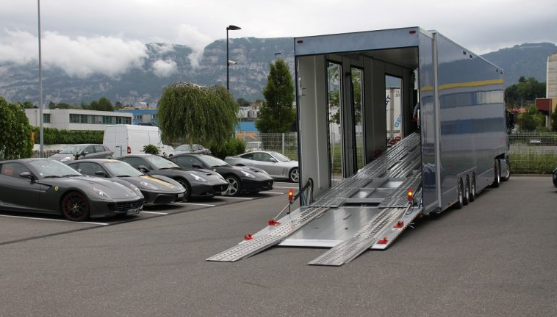What is a Bitcoin, And How Does It Work
Bitcoin is digital money that may be exchanged for products and services with businesses that accept payments via bitcoin. Bitcoin holders can purchase, sell, and trade without a central authority or bank. If you want to read about Bitcoin Investment and crypto trading, click the link.
Bitcoin is a well-known virtual currency whose value has risen considerably since 2009. Satoshi Nakamoto, Bitcoin’s pseudonymous founder, claimed that Bitcoin is a cryptographically-based electronic payment system. Some investors buy bitcoin as an investment, while others use it as currency. El Salvador accepts Bitcoin as money, and PayPal facilitates Bitcoin transactions.
Bitcoin-to-bitcoin transactions involve exchanging anonymous, encrypted hash codes across a peer-to-peer network. A Peer-to-peer network checks bitcoin transfers between users. Each user’s bitcoins are held in a digital wallet containing the user’s send and receiving addresses and a private key.
What’s Bitcoin?
Bitcoin was designed with a blockchain in mind. Blockchain records transactions and data in numerous places. Blocks on a blockchain include data about every transaction, including the date, time, value, buyer, and seller.
Blockchain is supposed to be secure and unchangeable, making it difficult to hack or falsify data. To prevent single points of failure, each computer in a blockchain network has a copy of the ledger.
Changing one block in a distributed ledger changes all other blocks. Blockchain is decentralized, meaning no group controls it. Identifying codes makes fraudulent block production difficult.
Bitcoin is saved in a computer or smartphone in a digital wallet. Cryptocurrency wallets help store and secure bitcoin. Multiple wallets may exist for a single user. Software wallets let users maintain a small amount of bitcoin on a computer or phone for everyday use, with the remainder kept in an offline wallet. This prevents malware from stealing a user’s bitcoin wallet password.
Offline wallets are installed on a USB or live CD instead of the internet. Therefore, they’re physically safe. Hardware wallets are flash drives that store a user’s private keys. Signed transactions are completed on the device, so private keys are never disclosed. Multisig wallets require several secret keys to authorize transactions. Such a process reduces the likelihood of a lost or stolen wallet being accessed. One key is maintained as a backup, another on the user’s mobile device, and a third with a multi-signature provider.
Bitcoin wallet-to-wallet transfers can send bitcoin. Sending bitcoin involves initiating a transfer from a customer’s wallet to a vendor’s wallet. Senders can transfer bitcoin or local money. Each bitcoin transaction fees a bitcoin miner. This charge depends on how quickly the bitcoin transaction must be confirmed.
Bitcoin mining
Bitcoin mining creates new transactions. Bitcoin miners utilize software to solve transaction algorithms. They’re rewarded with bitcoin per block. This encourages crypto miners to solve transaction-related algorithms, supporting the system.
Initially, bitcoin mining was done on individual CPUs, with more cores and speed yielding more reward. Most bitcoin miners then used multi-graphics card setups, FPGAs, and ASICs. These moves were designed to find more hash codes and consume less electricity.
Nobody can mine bitcoin anymore. Bitcoin programming makes solving transaction-related puzzles harder over time. This demands more computing resources to solve. Powerful computers and lots of electricity are needed. One of the most common malware risks is mining botnet infections, in which user systems mine for bitcoin without their owners’ awareness.
How do you buy bitcoins?
People can acquire bitcoin at an exchange, with cash, or at Bitcoin ATMs. Exchanges are a popular way to buy bitcoin because they allow account-based purchasing and selling. Binance and Coinbase are Exchange software.
The bitcoin trading software is notable for automatically swapping cryptocurrencies with other traders, which helps them take advantage of currency value changes. Investors can also easily keep track of current prices and trade currencies whenever they want to.
Accounts need funding, like a bank account or debit card. Bitcoin ATMs let people buy bitcoin using cash. Bitcoin ATMs transmit Bitcoin to a user’s digital wallet using blockchain. Transaction fees may apply.
Bitcoin can be purchased like a stock. Some people buy and hold bitcoin, some buy and sell fast when the price rises and others sell and bet on its price falling. Bitcoin IRAs serve as customized retirement funds.
Read More: What Makes Bitcoin Different from Other Cryptocurrencies?






